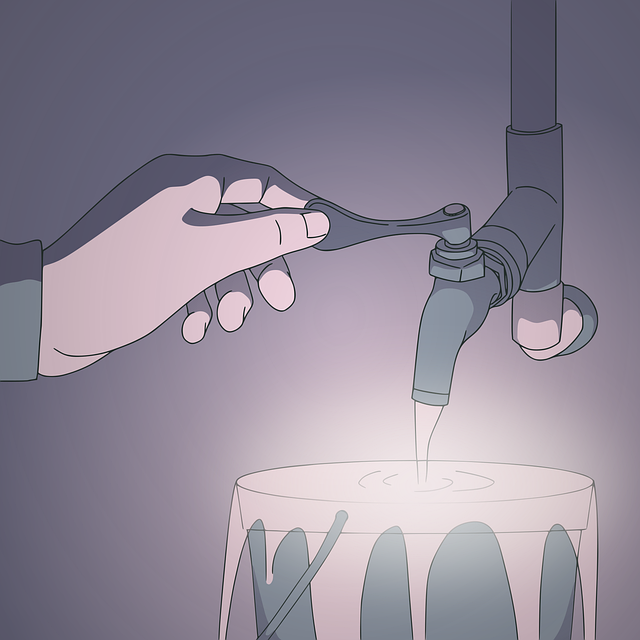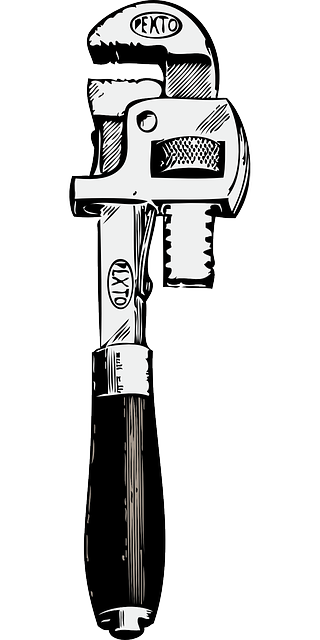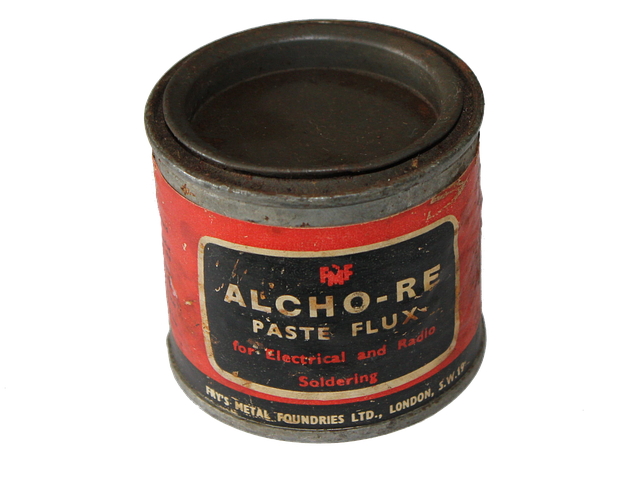Seasonal shifts impact plumbing, creating unique challenges like frozen pipes in winter and increased water usage in summer. Regular plumbing inspections are crucial for early detection of problems like bacterial growth, sediment buildup, or chemical leaching. Proactive maintenance ensures clean water, prevents costly repairs, and promotes efficient water distribution. These checks detect leaks, corrosion, and blockages, maintaining optimal water quality and mitigating health risks. Homeowners should look out for red flags like persistent leaks, clogged drains, unusual smells, high water bills, rusty pipes, and low water pressure. Preparations include clearing drains, locating shut-off valves, and gathering information about recent plumbing changes.
“Maintain optimal water quality and safeguard your home with seasonal plumbing inspections. As seasons change, so do potential plumbing issues, affecting both comfort and health. This article guides homeowners through understanding seasonal plumbing challenges and their impact on water quality. We explore the benefits of regular inspections, what to expect during these checks, and how to identify common red flags. Learn why scheduling an annual plumbing health check-up is essential for preventing costly repairs and ensuring a reliable water supply.”
- Understanding Seasonal Plumbing Issues and Their Impact on Water Quality
- Benefits of Regular Plumbing Inspections for Homeowners
- What to Expect During a Seasonal Plumbing Inspection
- Identifying Red Flags: Common Plumbing Problems to Watch Out For
- Scheduling and Preparing for Your Annual Plumbing Health Check-Up
Understanding Seasonal Plumbing Issues and Their Impact on Water Quality
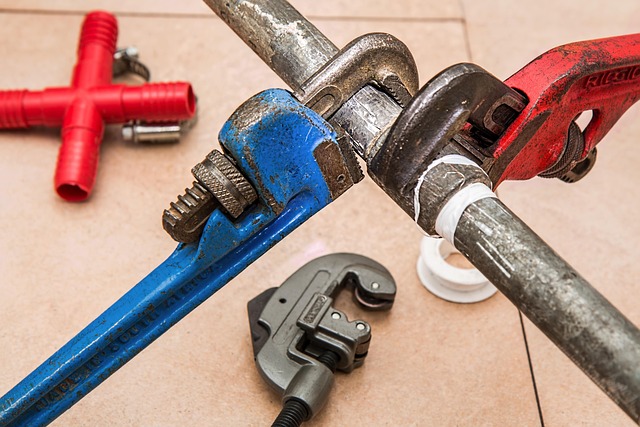
Plumbing issues can vary significantly with the changing seasons, affecting not only your home’s comfort but also the quality of water you consume. During colder months, frozen pipes can cause damage and disrupt water flow, while warmer weather brings its own set of challenges, such as increased stress on plumbing systems due to higher water usage for outdoor activities. These seasonal fluctuations can lead to water quality issues, including bacterial growth, sediment buildup, and even chemical leaching from pipes.
Regular inspections are crucial in identifying and addressing these problems early. By scheduling seasonal plumbing inspections, homeowners can ensure that their water supply remains clean and safe. Plumbers can detect potential contaminants, like rust or scale buildup, which may affect the taste and odor of water. Proactive maintenance also helps prevent costly repairs and ensures efficient water distribution throughout the home, ultimately contributing to maintaining optimal water quality.
Benefits of Regular Plumbing Inspections for Homeowners

Regular plumbing inspections are a proactive measure that offers numerous advantages for homeowners. By scheduling routine check-ups, you can ensure the longevity and efficiency of your plumbing system. One of the key benefits is the ability to identify potential issues early on, preventing costly repairs or disruptions in your home’s water supply. These inspections allow professionals to assess the condition of pipes, fixtures, and appliances, checking for leaks, corrosion, or blockages that may go unnoticed otherwise.
Additionally, seasonal plumbing inspections contribute to maintaining optimal water quality. Regular maintenance can detect contaminants or strange odors, ensuring your family has access to clean and safe drinking water. This is especially important as issues like low water pressure or faulty water heaters can be addressed promptly, avoiding health risks and saving you from unexpected bills.
What to Expect During a Seasonal Plumbing Inspection
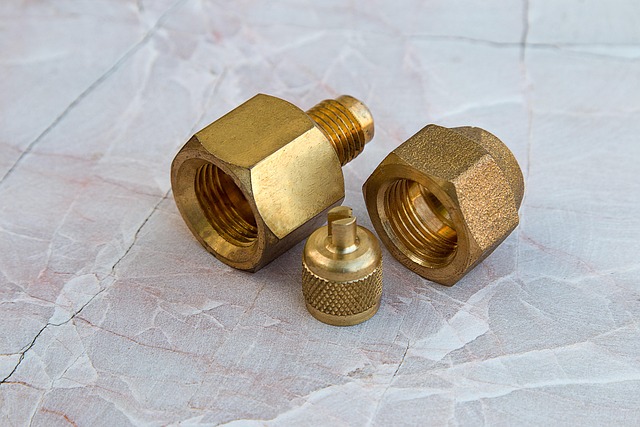
During a seasonal plumbing inspection, you can expect a thorough assessment of your home’s plumbing system. The plumber will start by checking for any signs of water damage or leaks, examining pipes for corrosion and proper insulation, and testing the efficiency of fixtures like faucets and showerheads. They’ll also take samples of water to analyze for potential contaminants and ensure optimal water quality.
Additionally, the inspection includes a review of the drainage system, looking for clogs or blockages that could lead to backups. The professional will check valves and fittings for wear and tear, ensuring everything is functioning correctly. They might also suggest maintenance or repairs to improve energy efficiency and prevent future plumbing issues, all while prioritizing your home’s water supply safety and quality.
Identifying Red Flags: Common Plumbing Problems to Watch Out For
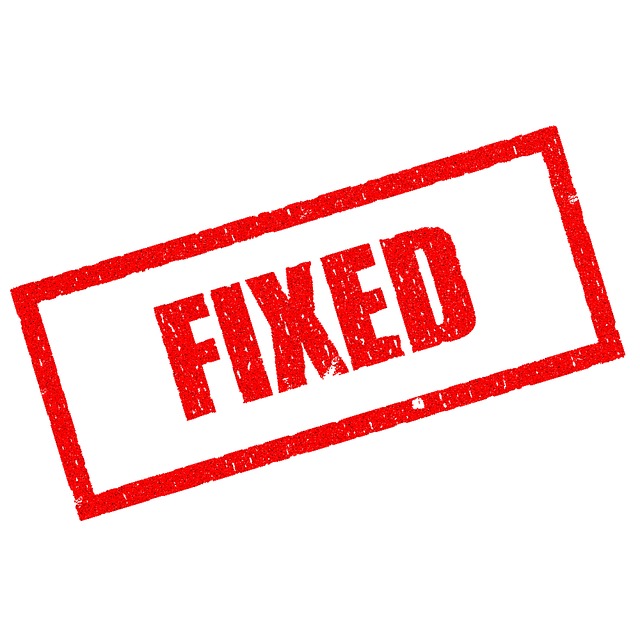
When it comes to plumbing inspections, identifying red flags is crucial to maintaining a healthy home environment and ensuring optimal water quality. Some common plumbing problems that homeowners should watch out for include persistent leaks, which can lead to water damage and mold growth. Clogged drains and sewers are another issue, causing blockages that disrupt water flow and potentially contaminate the supply.
Pay attention to unusual smells, especially those indicating sulfur or rotten eggs, which often signal a problem with the water heater or sewer lines. High water bills without apparent reasons could point to leaks or inefficient plumbing fixtures. Regularly check for rust on pipes, as it indicates corrosion and potential failure. Lastly, pay heed to low water pressure, as it may suggest clogs, leaks, or issues with the main supply lines.
Scheduling and Preparing for Your Annual Plumbing Health Check-Up
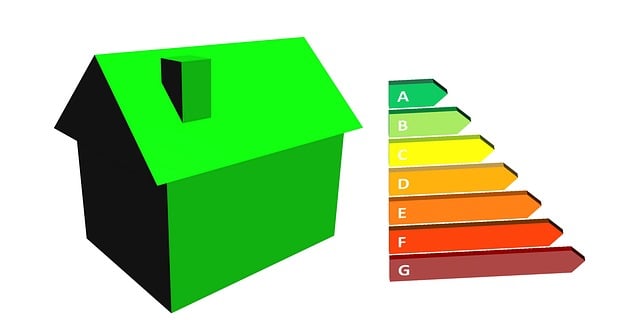
Regular plumbing inspections are an essential part of maintaining a healthy home environment, especially when it comes to water quality. By scheduling an annual check-up, you can ensure that your plumbing system is running efficiently and safely. Prepare for this process by making a few simple arrangements in advance. First, clear any obstructions in your drains and sinks to allow free flow during the inspection. Next, locate your water shut-off valves and make sure family members know where they are located and how to turn them off in case of an emergency. It’s also beneficial to gather information about any recent plumbing changes or issues so that your technician can provide tailored advice. These precautions will make the inspection process smoother and help you maintain optimal water quality in your home all year round.



